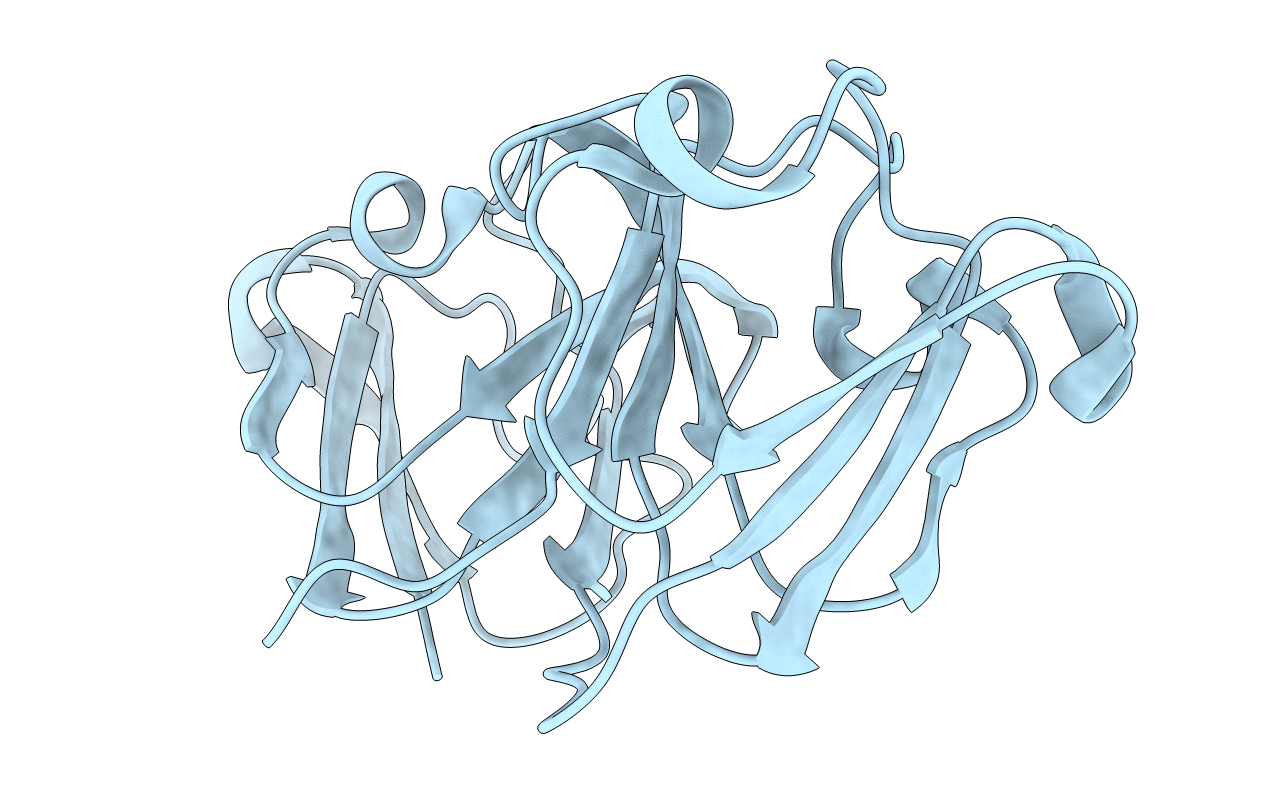
Deposition Date
2021-07-14
Release Date
2021-10-13
Last Version Date
2024-01-31
Entry Detail
PDB ID:
7P53
Keywords:
Title:
Crystal Structure of Human gamma-D-crystallin mutant C110M at 1.57 Angstroms resolution
Biological Source:
Source Organism:
Homo sapiens (Taxon ID: 9606)
Host Organism:
Method Details:
Experimental Method:
Resolution:
1.57 Å
R-Value Free:
0.27
R-Value Work:
0.21
R-Value Observed:
0.21
Space Group:
P 21 21 21


